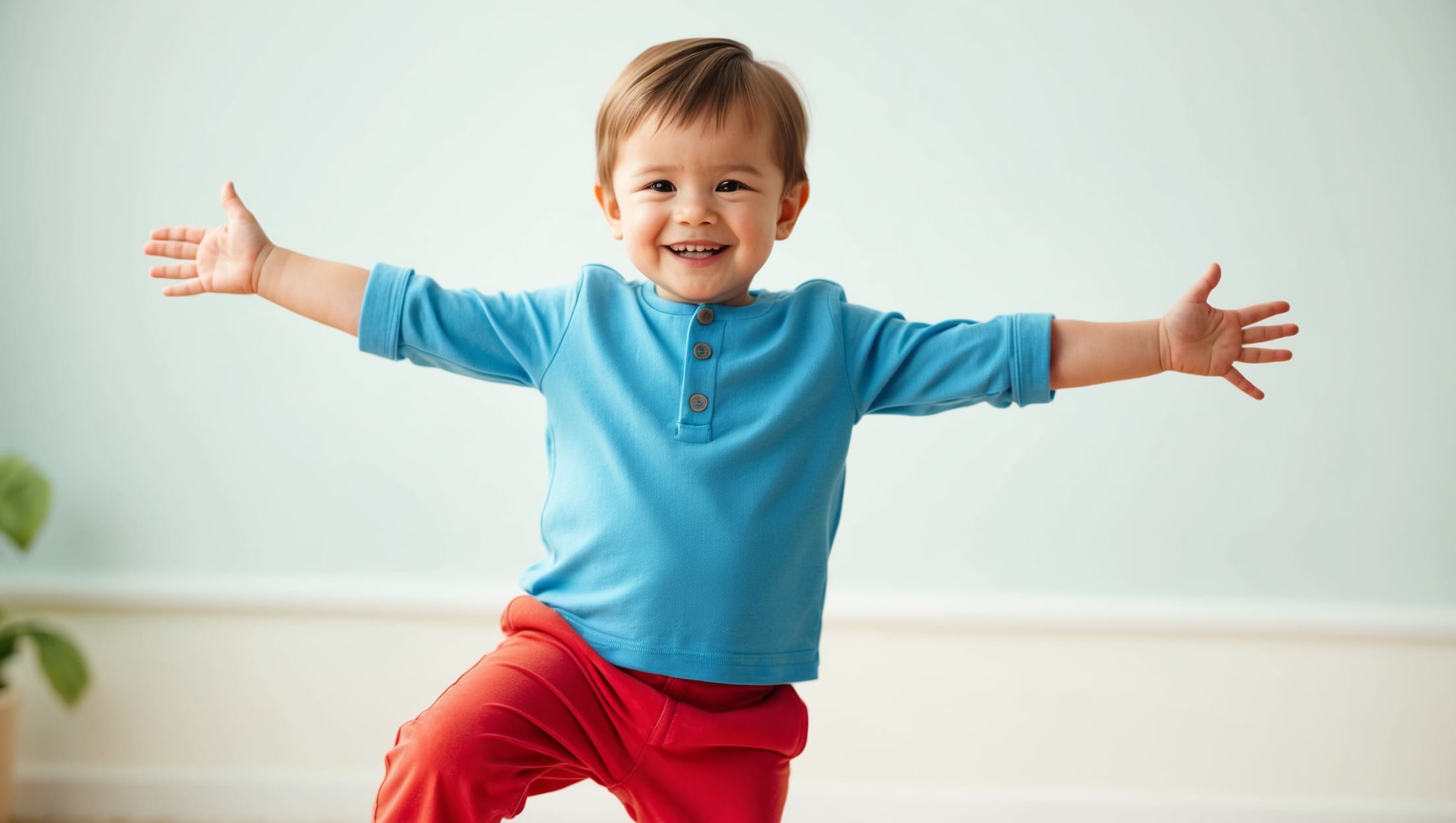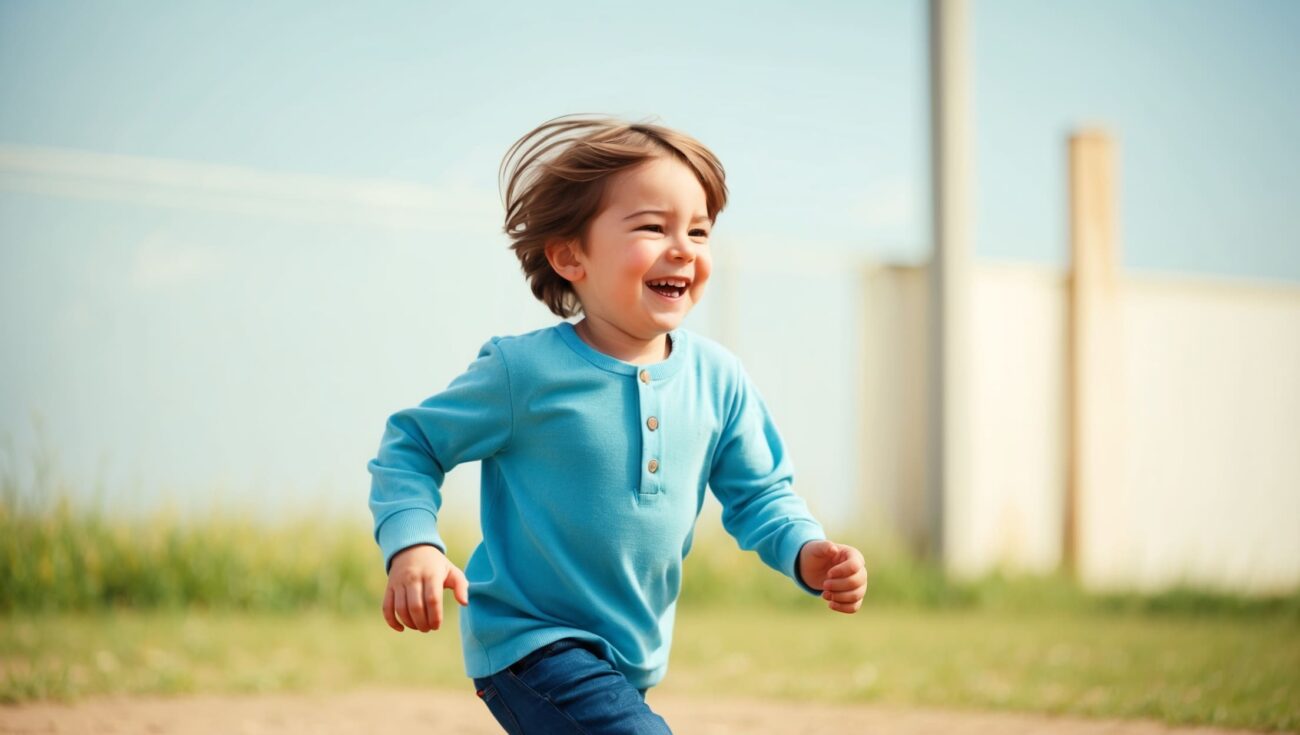Blog
How to Train Your Child’s Balance Through Play

Is your child struggling with balance or coordination? Balance is a critical skill that not only affects physical development but also impacts confidence and coordination in everyday activities. Thankfully, the best way to improve balance is through play! Through fun and engaging activities, children can strengthen their balance skills while having an exciting time.
In this article, we will share simple and enjoyable activities that help improve your child’s balance. Whether indoors or outdoors, these exercises will boost their stability, coordination, and overall physical development—all while having fun!
Tip 1: Start with Simple Balancing Exercises
Before diving into complicated tasks, it’s a good idea to start with basic balance exercises to help your child get used to shifting their weight and stabilizing their body.
One-Foot Balancing
Ask your child to balance on one foot for a few seconds. As they gain confidence, encourage them to hold the position for longer periods. This simple exercise helps develop balance and core strength. You can even challenge them to count while balancing for extra fun!
Heel-to-Toe Walk
Set up a straight line, and have your child walk in a heel-to-toe motion—just like they’re walking a tightrope! This activity promotes foot placement awareness and improves stability by teaching them to balance their weight on one foot at a time.
Balancing on Soft Surfaces
Practice balancing on soft surfaces like grass, a mat, or a rug. These surfaces allow for slight wobbles, which can help children become more comfortable with balancing in a forgiving environment.
Tip 2: Use Obstacle Courses for Fun and Variety
Obstacle courses are a fantastic way to challenge your child’s balance while making the experience exciting and playful.
Create a Simple Course at Home
Use pillows, cushions, or boxes to create a ‘balance bridge’ for your child to walk across. You can also stack items for them to hop over. This not only challenges their balance but also improves their agility and motor skills.
Hop Over or Step Around Obstacles
Encourage your child to hop over soft obstacles or walk around them while maintaining their balance. These dynamic movements engage both balance and coordination.
Use a Balance Beam (or Tape Line)
A simple way to practice balance is by using a balance beam or a long strip of tape on the floor. Challenge your child to walk across it without falling off. This activity helps develop core strength and proprioception, which is their awareness of where their body is in space.
Tip 3: Incorporate Balance with Playful Games
Turn balance training into a fun game! Children often learn best when they don’t even realize they’re practicing a skill.
Animal Walks
Encourage your child to imitate different animals—such as walking like a bear (on hands and feet) or hopping like a frog. These activities not only engage their balance but also improve their coordination and muscle strength.
Freeze Dance
Play some music and have your child dance freely. Pause the music at random intervals and ask them to freeze in a balancing pose. This game promotes balance while keeping things fun and exciting!
Balance Challenges
Challenge your child to hold a ball on their head or carry an object while walking from one point to another. You can also use objects like plastic cups to stack and balance as they move. This strengthens their core stability and teaches them how to balance under different conditions.
Tip 4: Try Balance Tools and Equipment
Incorporating specific balance tools can help support your child’s development and make the learning process even more fun!
Balance Boards or Discs
A balance board or balance disc is a wonderful tool that helps children build core strength and stability. These wobbly surfaces engage their muscles, improving their overall balance and coordination.
Wobble Cushions
Let your child sit or stand on a wobble cushion. This is a fantastic way to work on balance in a seated position, which also helps with posture and spinal alignment.
Jumping on a Trampoline
Trampoline jumping is an excellent activity for improving balance. Not only is it fun, but it also helps children develop coordination, strength, and body control as they work on stabilizing their movements while jumping.
Tip 5: Encourage Balance in Daily Activities
Balance practice doesn’t have to be a separate activity. You can incorporate balance into your child’s daily tasks, making it even more accessible and engaging!
Walking in a Straight Line
Encourage your child to walk along a curb or a line in the park. These simple exercises will help them practice balancing while walking, which translates to better coordination in everyday life.
Climbing and Jumping
Climbing on playground equipment or jumping from low heights can greatly improve balance and confidence. These activities require them to stabilize their body and work on their coordination and strength.
Balance During Routine Tasks
Incorporate balance during everyday activities. For example, ask your child to carry a tray of toys, walk backward, or step over small objects in the house. These little challenges offer plenty of opportunities for balance training throughout the day.
Improving balance is all about practicing in a fun and relaxed way. By incorporating simple activities, games, and everyday tasks into your child’s routine, you can help them build strong balance skills that will serve them in many aspects of their life. The key is to make the process playful—so your child enjoys learning while strengthening their balance naturally. Remember, balance builds over time with consistent practice and patience!












